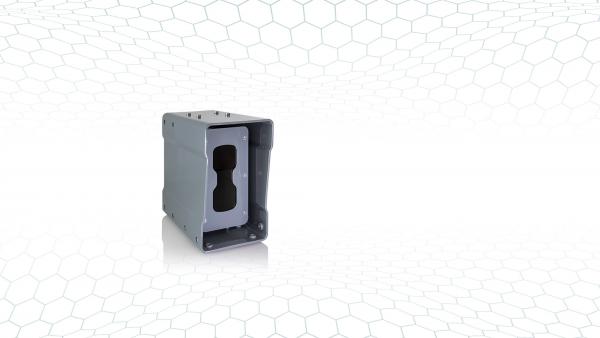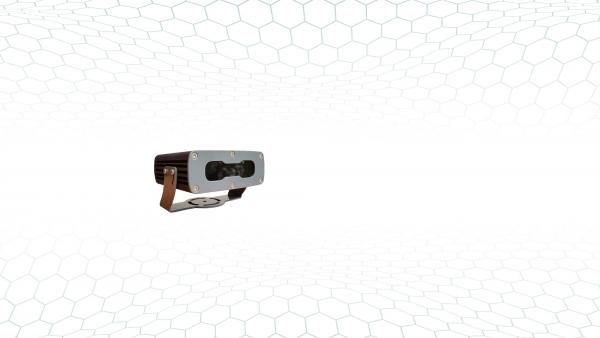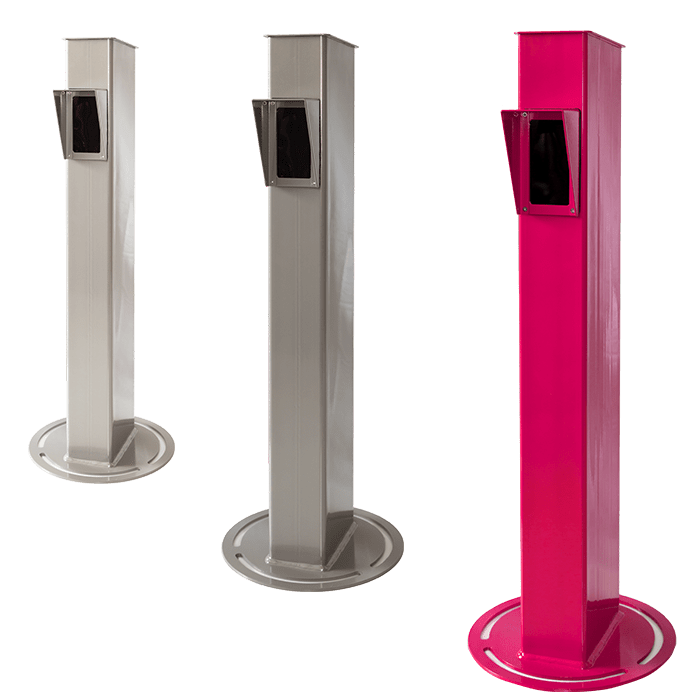



In the fast-paced world of technology and data-driven solutions, License Plate Inventory (LPI), is emerging as a game-changer for Parking operators and authorities. LPI utilizes License Plate Recognition (LPR) technology to streamline various processes, solving many challenges across different industries.
License Plate Inventory is a feature of LPR-based systems that consists of a digital inventory of license plate numbers (LPN), enabling operators to efficiently monitor, retrieve, group search and filter the LPN data or integrate it with other vehicle control systems. It's like having a digital Rolodex of license plates accessible at your fingertips.
LPI is designed to handle a wide range of tasks, from identifying stolen vehicles and managing parking lots to enhancing security and improving traffic management.

LPI is a versatile tool that combines cutting-edge technology with solutions to real-world problems.
LPI is also part of the “License Plating” logistics method used in storages and containers to organize objects by assigning each unit (pallet, box, truck, container or product) an internal license plate number and having OCR-capable cameras to track them across the facility; of course, once you can mark every unit with a license plate number, the LPI process is basically the same, whether it is vehicles or boxes.
Although there are many similarities in processes and technology, we will (conveniently) focus on vehicle-related LPI.
Vehicle LPN data is being used in increasingly more scenarios, such as parking, security, stolen vehicle location, surveillance, etc. Operators are currently trying different fixed and mobile LPR method combinations to create more complex vehicle monitoring systems that allow more intelligent operations and services.
LPI consists of using mobile LPR (MLPI) to systematically scan license plates across the facility to feed the vehicle control system with useful information: vehicle location.

Knowing the location of every vehicle in the facility creates a range of possibilities regarding reports and alerts; this is a game-changer in security, management and customer service matters.
You can have LPI as a standalone tool to create a License Plate Database or as a complement to a more complex vehicle control system with fixed LPR cameras at the gates.

As a Standalone solution, an LPI-based system can help any vehicle-related operation by providing a searchable list of all the license plates on a premise, which helps in knowing the number of vehicles
The real power comes when integrating LPI data with other systems:
As a complement to fixed LPR systems, LPI allows Parking Management systems to extend their monitoring capabilities beyond the gates to the entire premise, improving the system’s whole accuracy:
LPI relies on a combination of cutting-edge technologies:
License Plate Recognition (LPR): LPR technology is at the core of LPI. It uses optical character recognition (OCR) and machine learning algorithms to accurately read and interpret license plates.
Specialized LPR Cameras: LPI systems require high-quality cameras to capture clear images of license plates, even in challenging conditions like low light or bad weather.

New generation ultra-lightweight, all-included LPR cameras make it possible to turn any vehicle in a mobile LPR unit
Database Management: A robust software is essential for efficiently storing and organizing license plate data. Modern databases use cloud technology for scalability and accessibility.
AI and Machine Learning: LPR/LPI systems often incorporate AI and machine learning to improve accuracy in recognizing license plates and identifying patterns.
Compared to on-foot / manual License plate inventorying, mobile LPR-based solutions have proven to be much more effective
The future of LPI is incredibly promising. Here's a sneak peek into what we can expect:
Autonomous Vehicles: As self-driving cars become more prevalent, LPI will play a vital role in tracking and identifying these vehicles on the road.
Environmental Initiatives: LPI can assist in enforcing regulations related to emissions and pollution by monitoring vehicle movements and emissions.
Personalized Services: Businesses will leverage LPI data to offer personalized services, from customized marketing campaigns to tailored parking experiences.
LPR-powered License Plate Inventory is a multifaceted solution that addresses real-world challenges across various industries. With advancements in technology and an ever-expanding scope of applications, LPR/LPI is poised to shape the future of data-driven decision-making and offer innovative solutions. So, buckle up! because the license plate revolution is just getting started!

High performance LPR camera for the most challenging sites such as very short distances and open angles

More affordable, smaller yet very fast and precise LPR camera, ideal for barrier or totem embedding

The world's smallest LPR camera for security and on-street parking control

Ideal for ITS and Tolling, this powerful camera works at large distances and very high speeds

Compact and affordable LPR camera with 4G connection, designed for Smart city
Despite the country or region, even Vanity Plates!
Lights, protection and connection are integrated into the LPR Cameras
LPR is performed in the LPR cameras firmware
LPR can be triggered by external device or by the license plate itself
Neural networks are used to learn from every plate read and increase performance over time
Up to 155 mph (250 km/h)
The shortest distance (from 5ft!) at the highest accurate reading speed (20ms)
You do not need more than 1 Survision LPR camera to get LPR working
Software tools for system integration or app building


Satisfied or refunded!
We ensure a certain range of LPR reading rates that will satisfy your needs, burn it in a contract and then make it true; otherwise we will refund 100% of your payment.